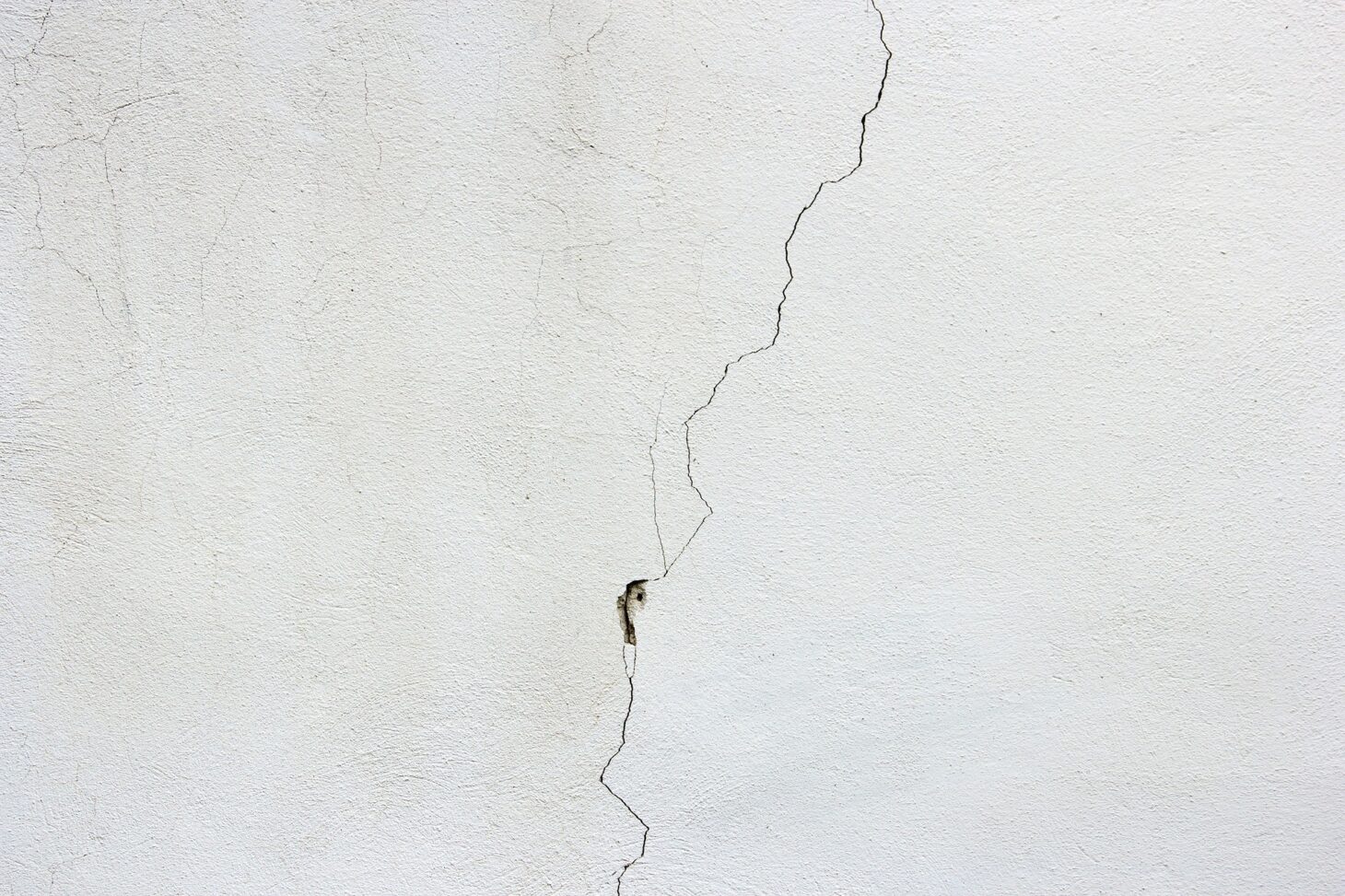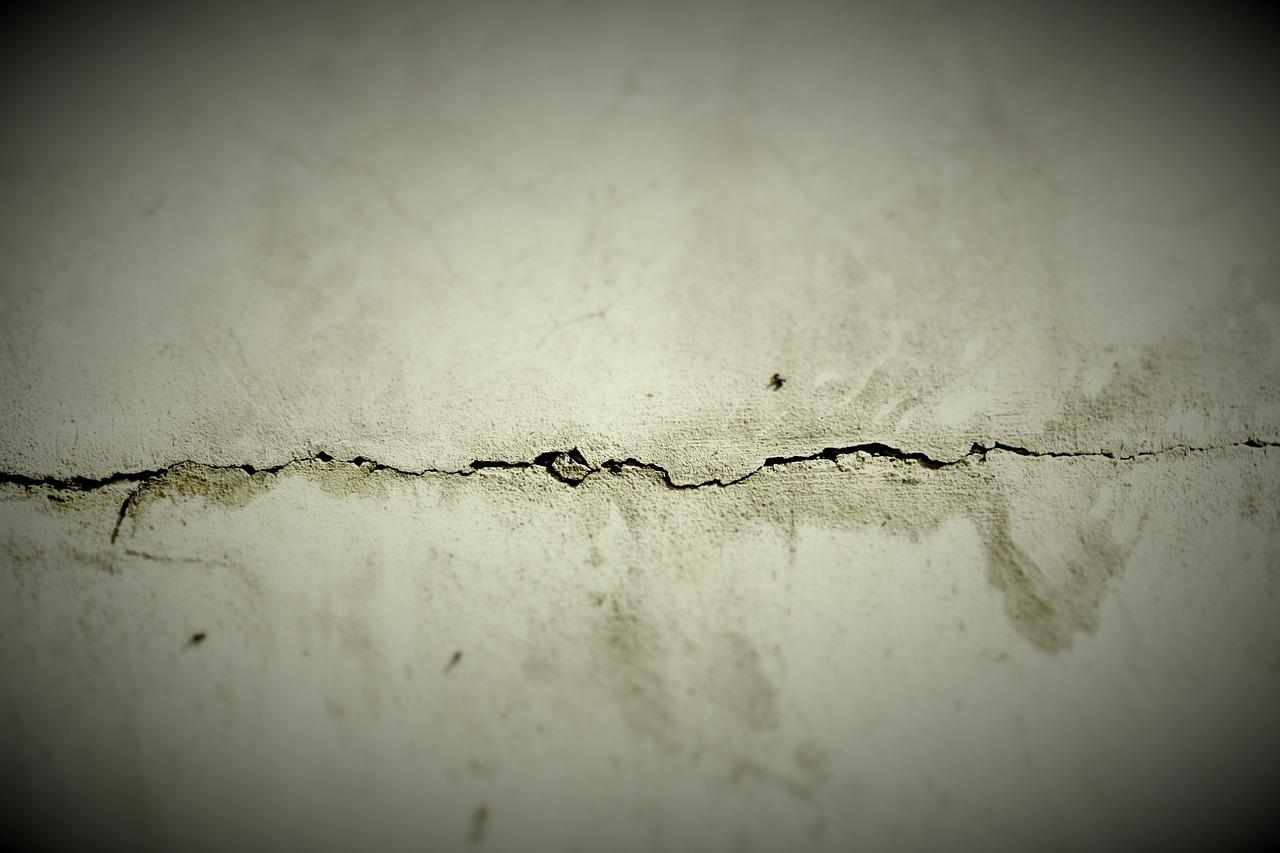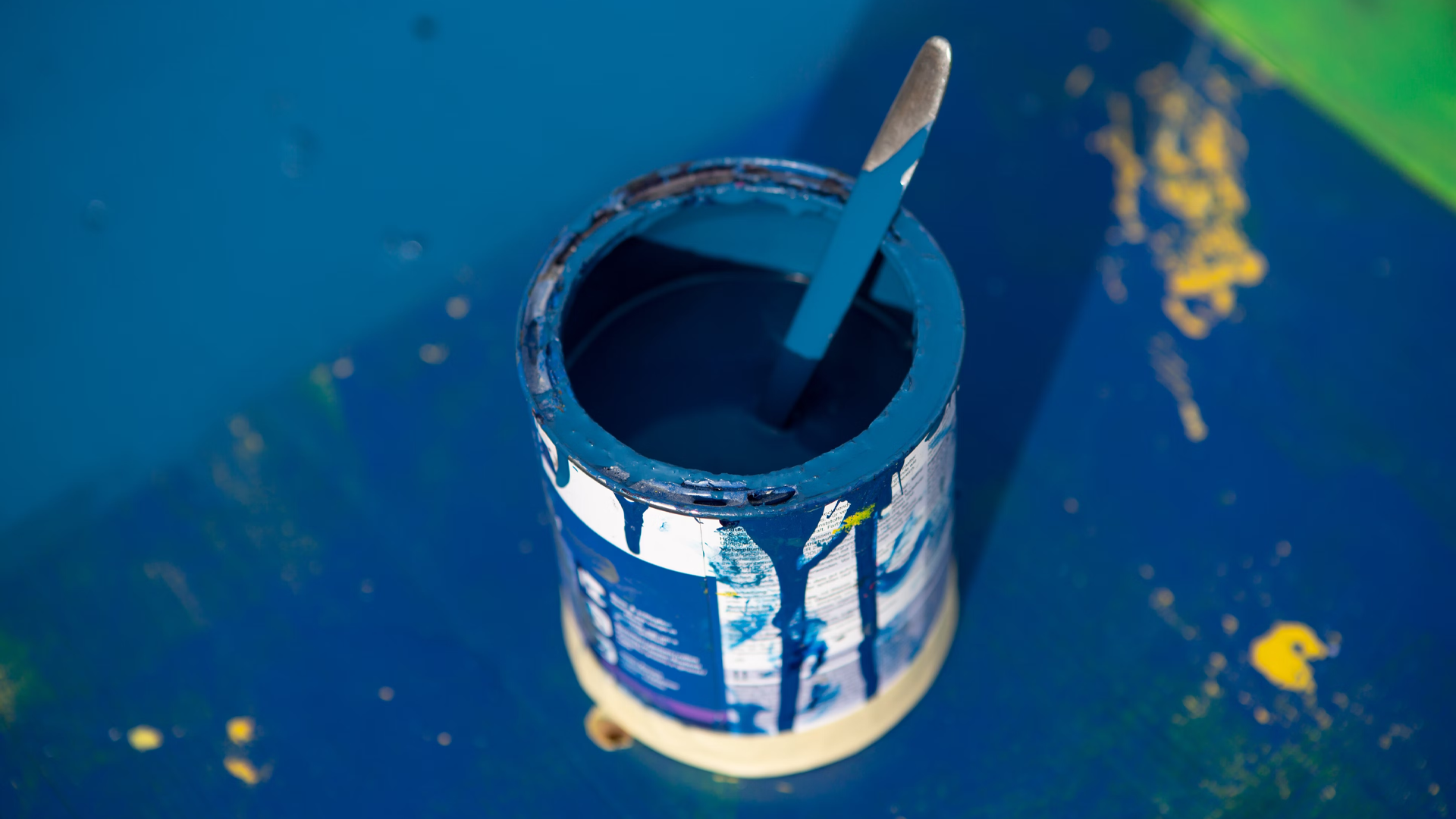How do you know if fractures in your home’s exterior walls are simply fixable or if they indicate anything far more dangerous, including subsidence?
Subsidence occurs when the land where a property is built begins to sink, jeopardising the house’s structural integrity and sometimes resulting in extensive damage to the structure that is costly to repair.
According to a recent analysis by a top comparison website, the average cost of repairing cases of subsidence is around £10,000. However, like with most problems, the total cost of repair will be less if detected early on.

What is subsidence?
First, it’s generally best to define what subsidence is and what generates it.
As per the definitions by the Institution of Structural Engineers and Association of British Insurers, Subsidence is “any building foundation’s downward movement caused by the lack of strength of the site under the foundation.”
It is essentially the downward or sinking movement of the ground on which your building is built. You do not have to be a building expert to see that the consequences of this occurring are disastrous.
What causes structures to sink into the ground?
There are several reasons why houses begin to sink, but the following are the most common:
- The house is constructed on clay soil that begins to dry out and shrink due to adjacent trees.
- Trees can burrow deep beneath your apartment’s foundations if they are large and old.
- The foundations are being washed away by leaking water supply pipes beneath the house.
- Undiscovered historic mine workings, such as what happened recently in west Cornwall when an old mine shaft’s “cap” failed and re-opened.
- Heave in the ground. The upward pressure, which occurs when the earth beneath the home fills with water, is a common cause, especially following tree removal.
- Landslides, which are common on cliff tops and near the sea.
How to know if you have that sinking feeling in your house?
Detecting evidence of building movement is simple and would generally take the following steps:
- Outside, look for signs of cracks. Fractures going from top to bottom of the home are a common indication that the walls have moved.
- Internally, look for cracks as well. If the crack goes from the interior to the outside, it’s a bad sign, and you should consult a surveyor as soon as possible, mainly if the fracture has formed out of nowhere.
- It’s possible that windows and doors won’t close properly or open.
- The outside aspect does not appear to be entirely right.
- Wall cracks more significant than 2mm commonly run around windows and doors.
What to do to alleviate the problem of subsidence?
Underpinning is the most typical method of repairing, especially in severe cases of property subsidence.
This requires excavating an area surrounding the area where the foundations previously failed, bracing the home with steel props, eliminating the problematic portion of the foundation, and replacing it with a fresh new portion.
As previously stated, the average price of this foundation work is between £10,000 and £12,000.
If you find this problem in your house, you should first call your homeowner’s insurance carrier to see if you are covered.
It’s worth mentioning that underpinning is frequently recommended as a last choice because, in many circumstances, addressing the problem’s cause (e.g., intruding tree roots) may often keep it from developing in the first place, although a survey is still recommended.
Which cracks aren’t caused by the movement of the building?
Suppose you inspect the state of your home’s external walls and discover cracks. In that case, they are most likely fissures in the surface coating of the house, such as to render or pebbledash, and should not be the reason for concern because they are (reasonably) readily repaired.
Lightly tapping the damaged area using a chisel or hammer is the easiest way to detect if the cracks have to be cut out and filled or if they indicate a render area that has become separated from the wall.
If the tool makes a dull “thud,” the cracks are most likely surface fissure cracks that can be cut and sealed. If the chisel makes a hollow or a ringing sound, the render has “blown” and will need to be removed and replaced.
If you wish to decorate or paint the outside of your house, you’ll need to remove the hollow render first.
Not only is this the “cowboy building” way, but it will come back and get you in the arse next year if it is not eliminated and simply painted over.
It’s also the least cost-effective option since if the problem isn’t addressed, it will worsen and spread from across the wall, costing you more in repairs and allowing moisture to infiltrate the structure.

Is it safe to purchase a home that has been anchored?
In most circumstances, however, you should pay for a thorough structural examination before making an offer to ensure that the job was correctly done, and that it will not happen again.
Also, keep in mind, and most people are unaware of this, that if you acquire a house that was underpinned previously, your new home insurance policy will have very high premiums, so try to negotiate a lower price with a vendor dependent on this information.
You will have no trouble securing a mortgage on this house, especially since the problem has been resolved.
Conclusion
So, if there isn’t any subsidence in my house, what’s wrong with the walls?
Suppose you’re convinced that the cracks in your house aren’t due to construction movement. In that case, it signifies that the weatherproofing quality of the surface outside your home has deteriorated with time and that work on the walls is required to patch and repair the cracks









